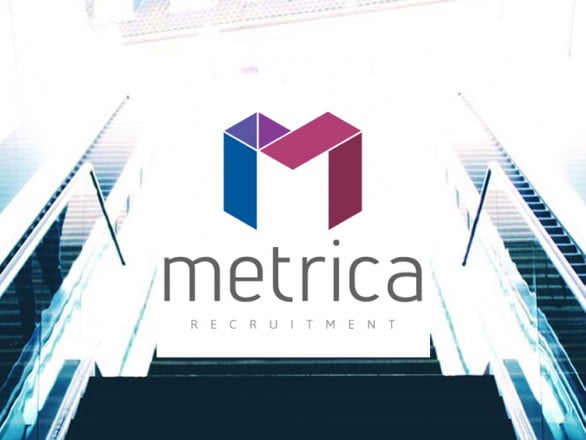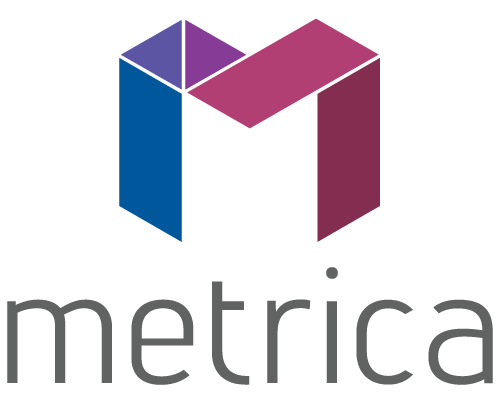
The gender gap in the professional world is thankfully, slowly closing, with women now making up 48% of the general workforce. Although
Supporting global tech giants through to rapidly expanding start-ups, Metrica Recruitment source and select Data Scientists and Analysts for cutting edge data focused teams, who need the greatest analytical minds the world has to offer.
We pride ourselves on nurturing talent, so that our candidates are always given the opportunity to be the best they can be in front of our clients. Our team of specialist consultants supply real value to companies, by using a methodically structured blend of analytical recruitment experience and industry insight, to fulfil the ever-expanding market demand for high-end analysts.


Metrica Recruitment is your gateway to the perfect new challenge within Data Science, Statistics and Analytics. Every day we network with a vast range of clients, based in London or the Home Counties; from FTSE 100 companies, to well-known brands, and boutique start-ups. We’re keen to hear exactly what you want in a new role. We’ll take the time to understand your specialisms and goals in order to match you to the right role that fulfils your motivations.





The gender gap in the professional world is thankfully, slowly closing, with women now making up 48% of the general workforce. Although

With the ever-growing and powerful technologies some ideas that are beginning to become physically generated quite literally seem out of this world.In

Many Data Scientists will have advanced training or experience in areas such as Statistics, Maths or Computer Sciences. The skills earned during this training add significant value to

Roughly 88% of data collected by your average organisation is not actually used. Every company has a use for data, and in 2016, data analysis is no longer an exclusive club for tech powerhouses; consequently the competition for the right people is rife… read more

So we’ve all heard of big data, and many now deal with it on a daily basis. It’s no wonder really, as the human brain is shown to be the best pattern recognition ‘machine’ in existence (so far!)… read more

Welcome to Metrica – the new name for GRB Analytical Experienced Hire… read more

Metrica Recruitment
4 Clifton Mews
Clifton Hill
Brighton
BN1 3HR
T: 01273 200 412
E: team@metricarecruitment.com